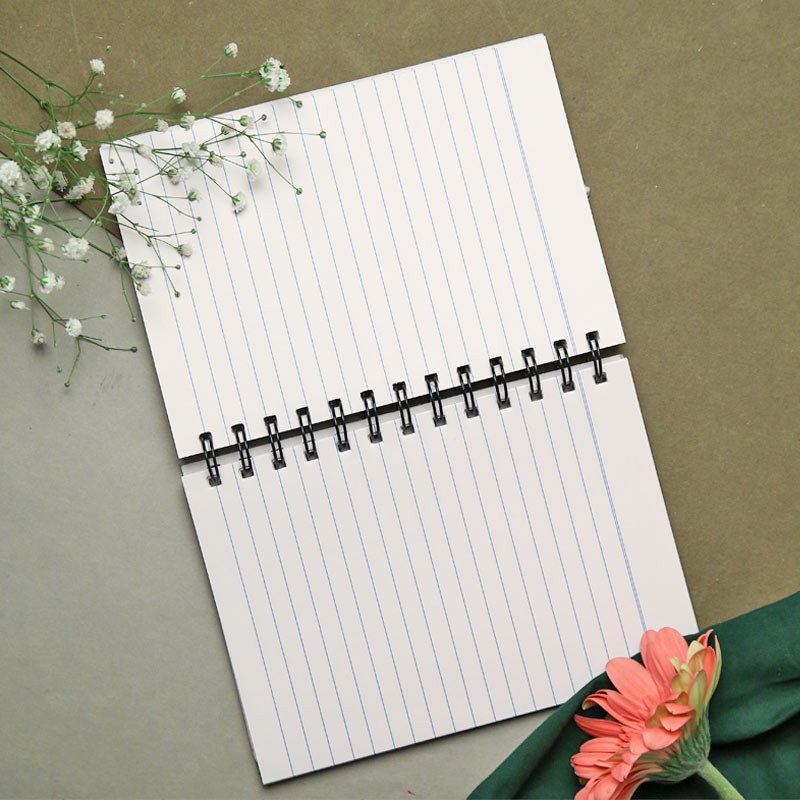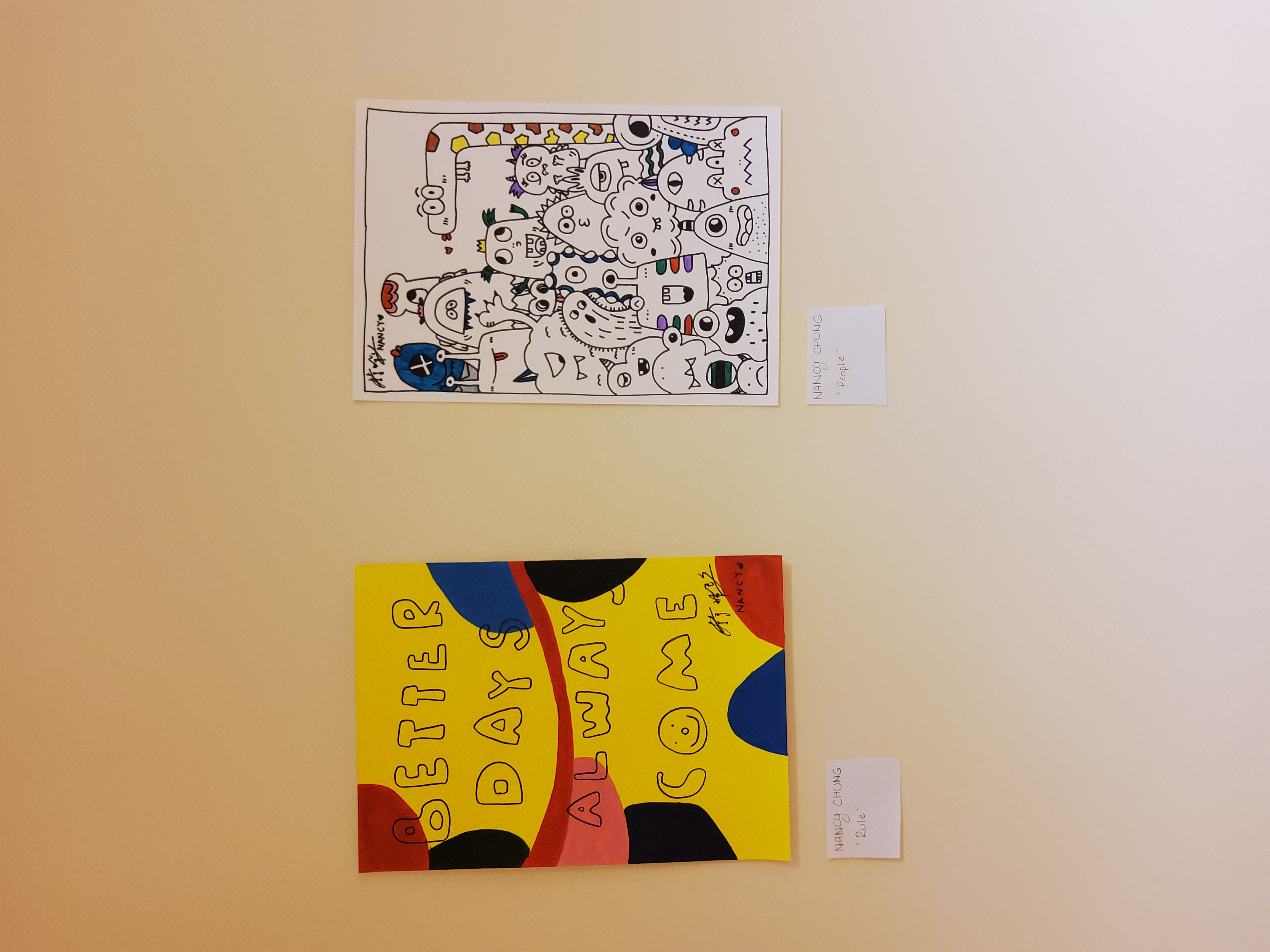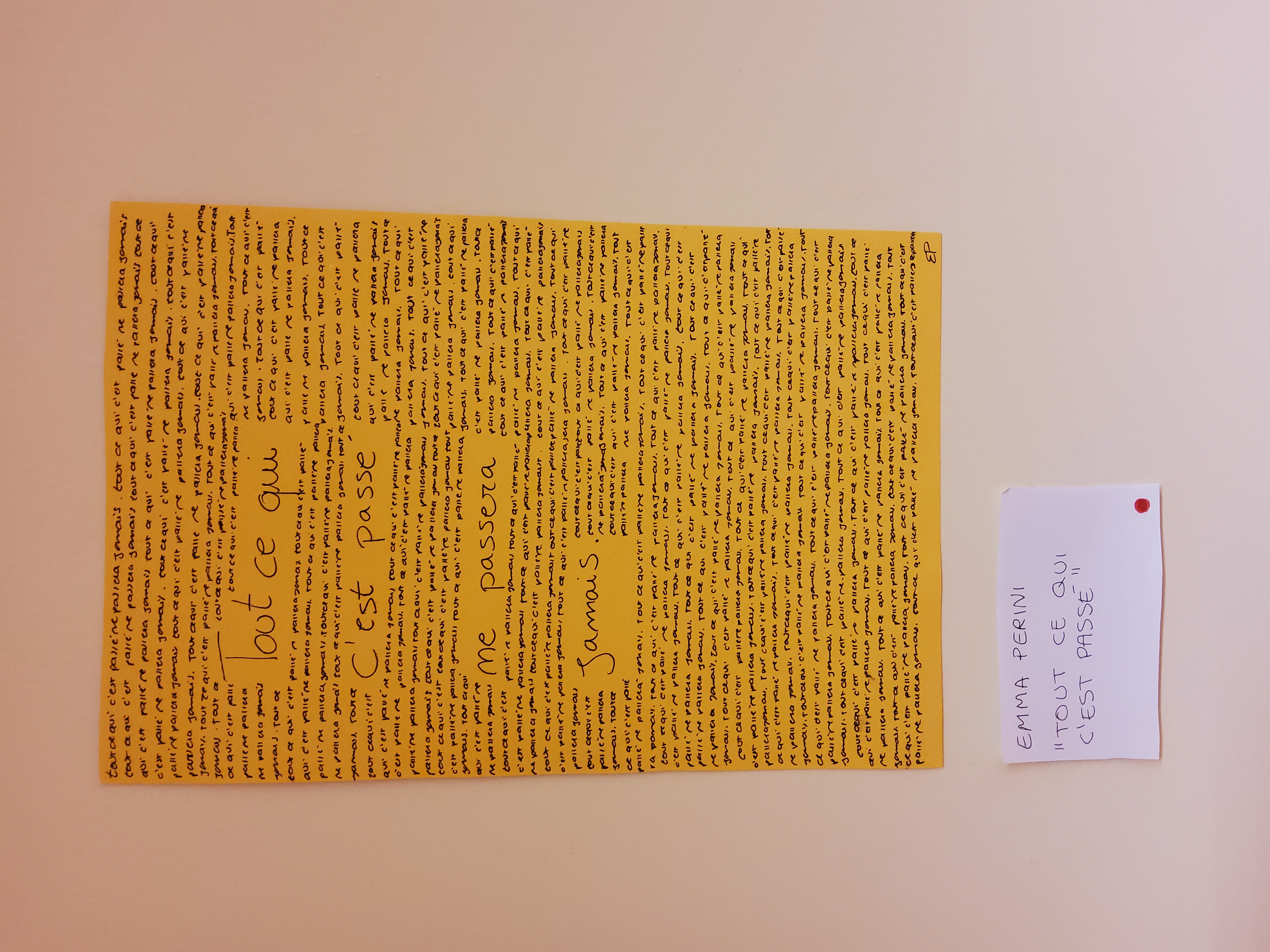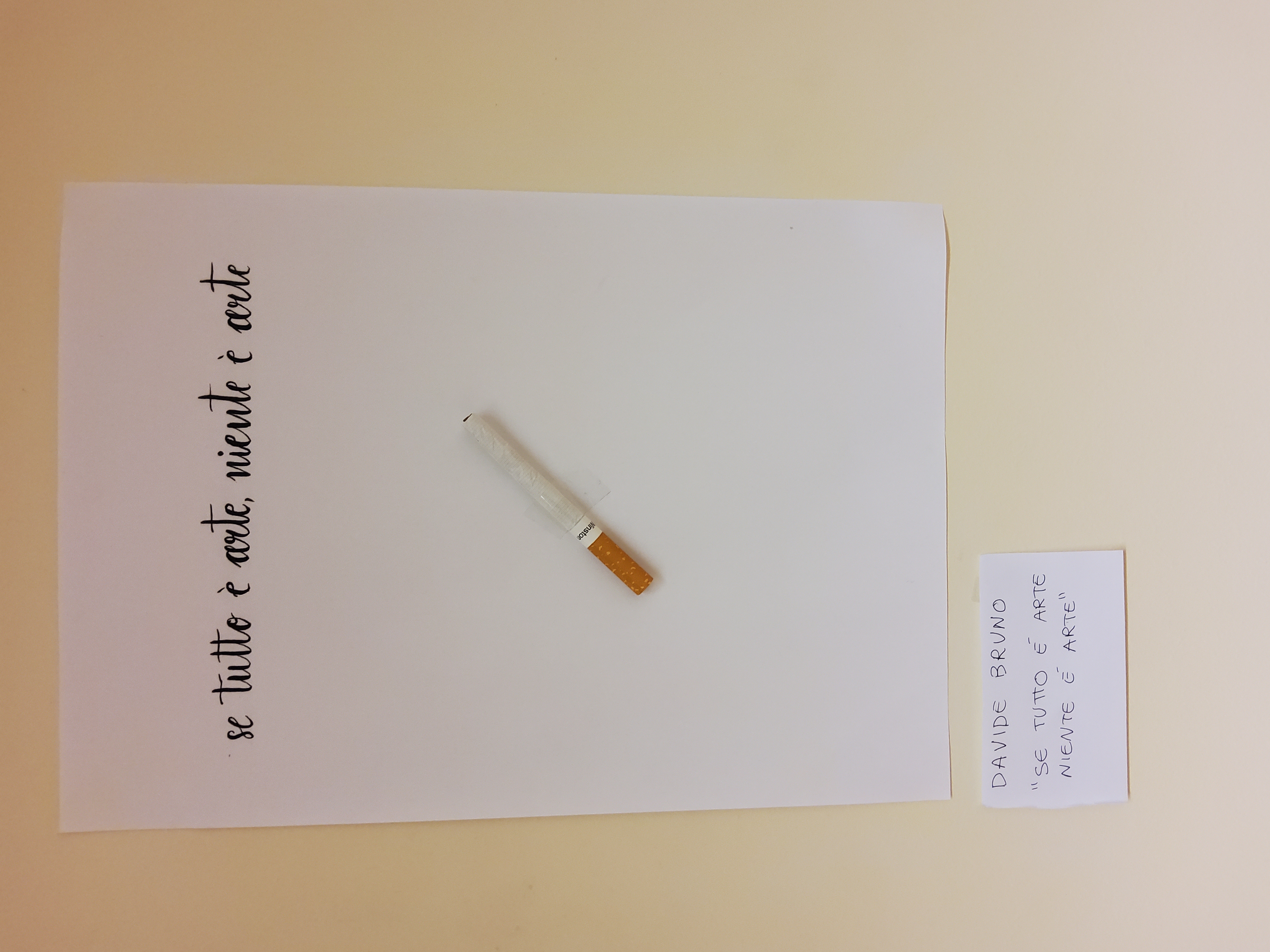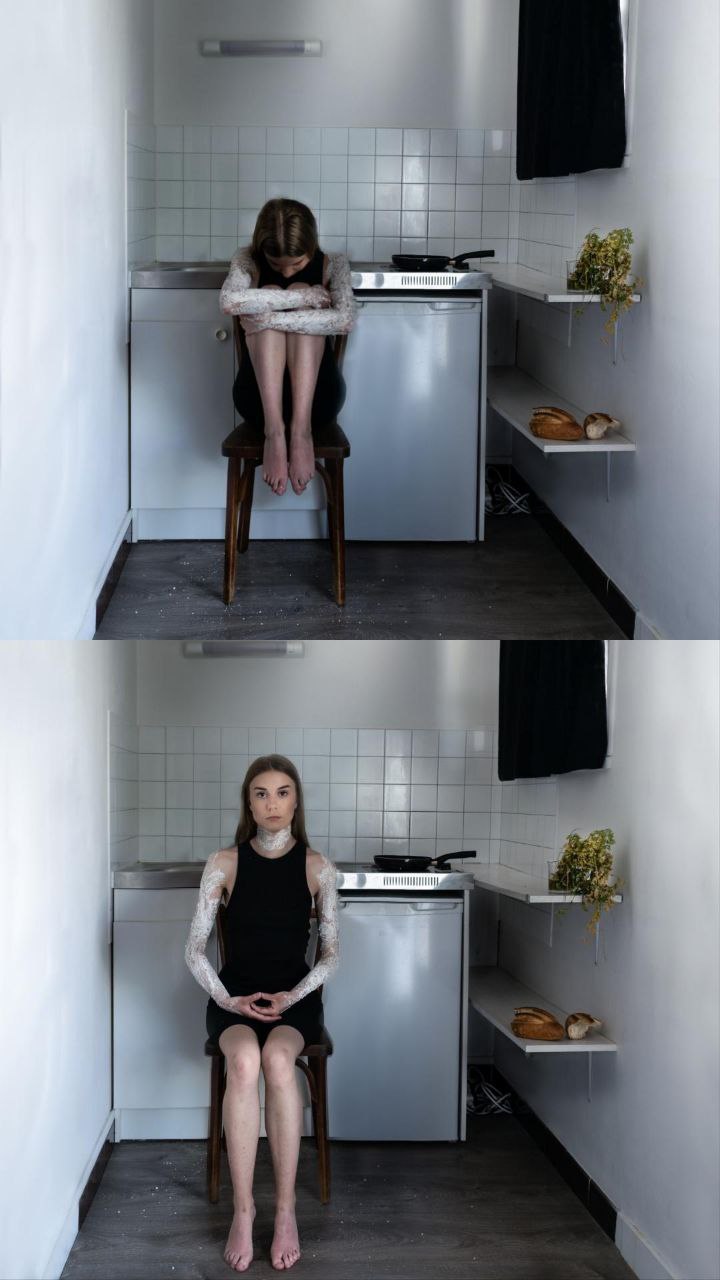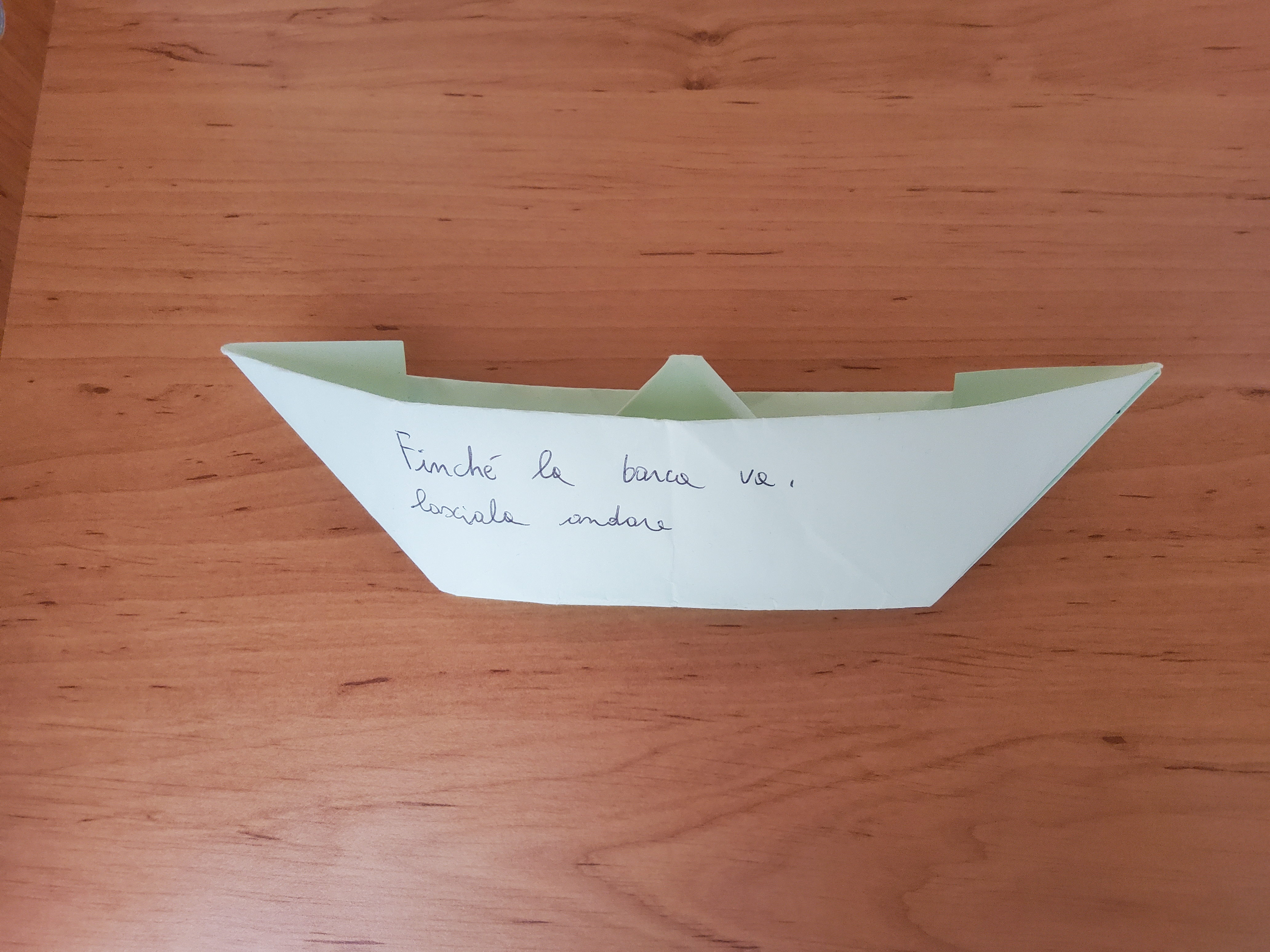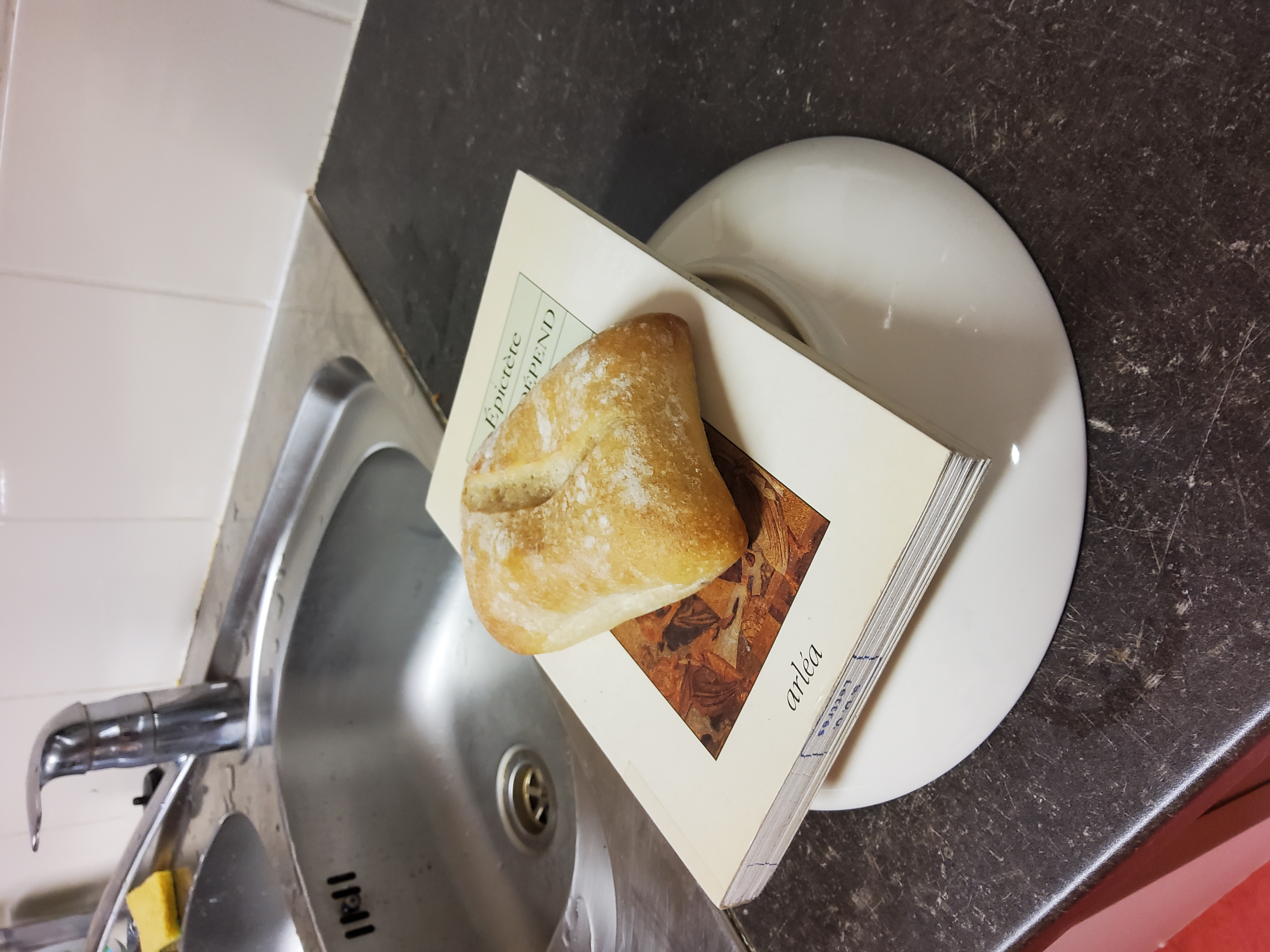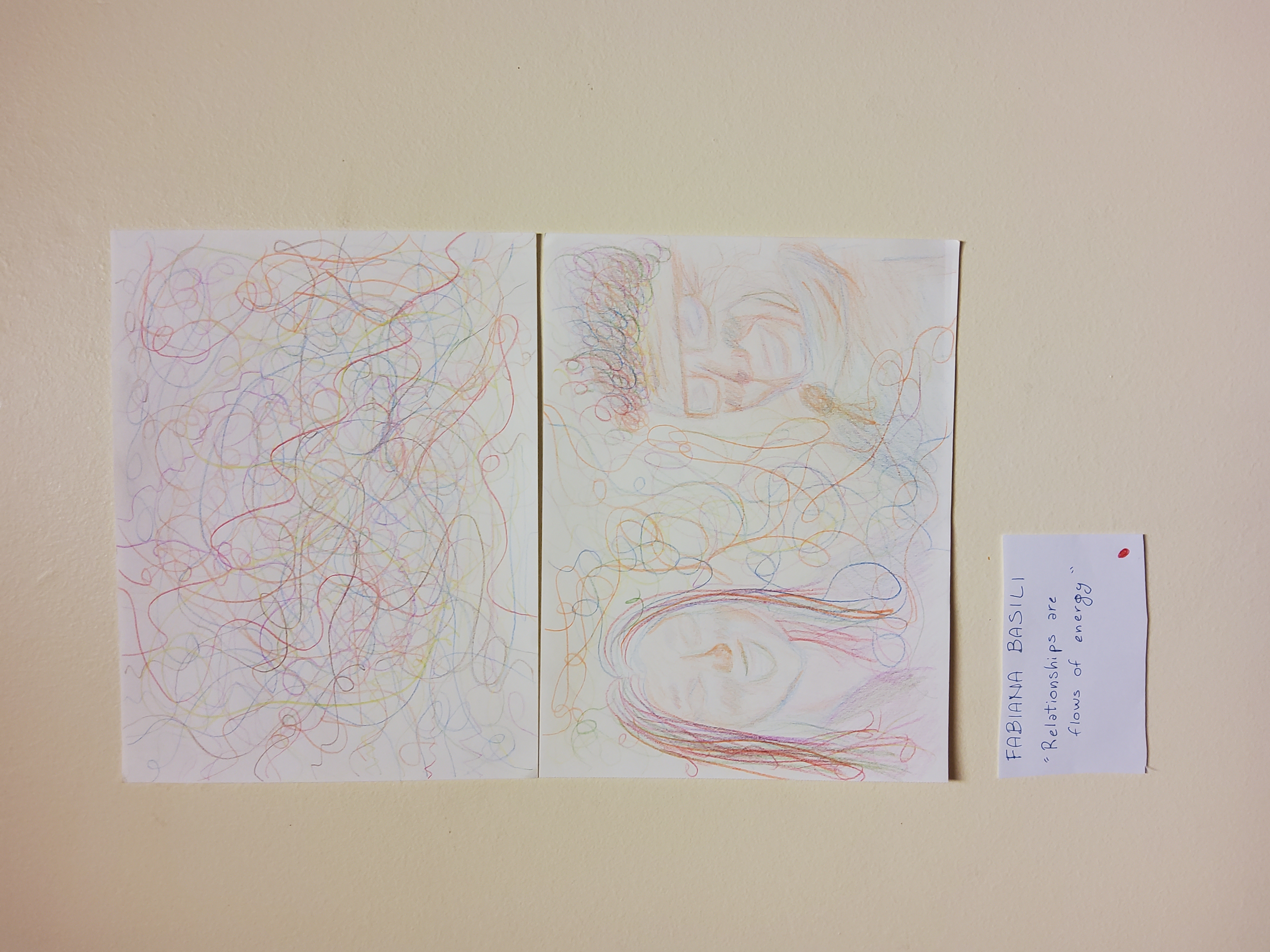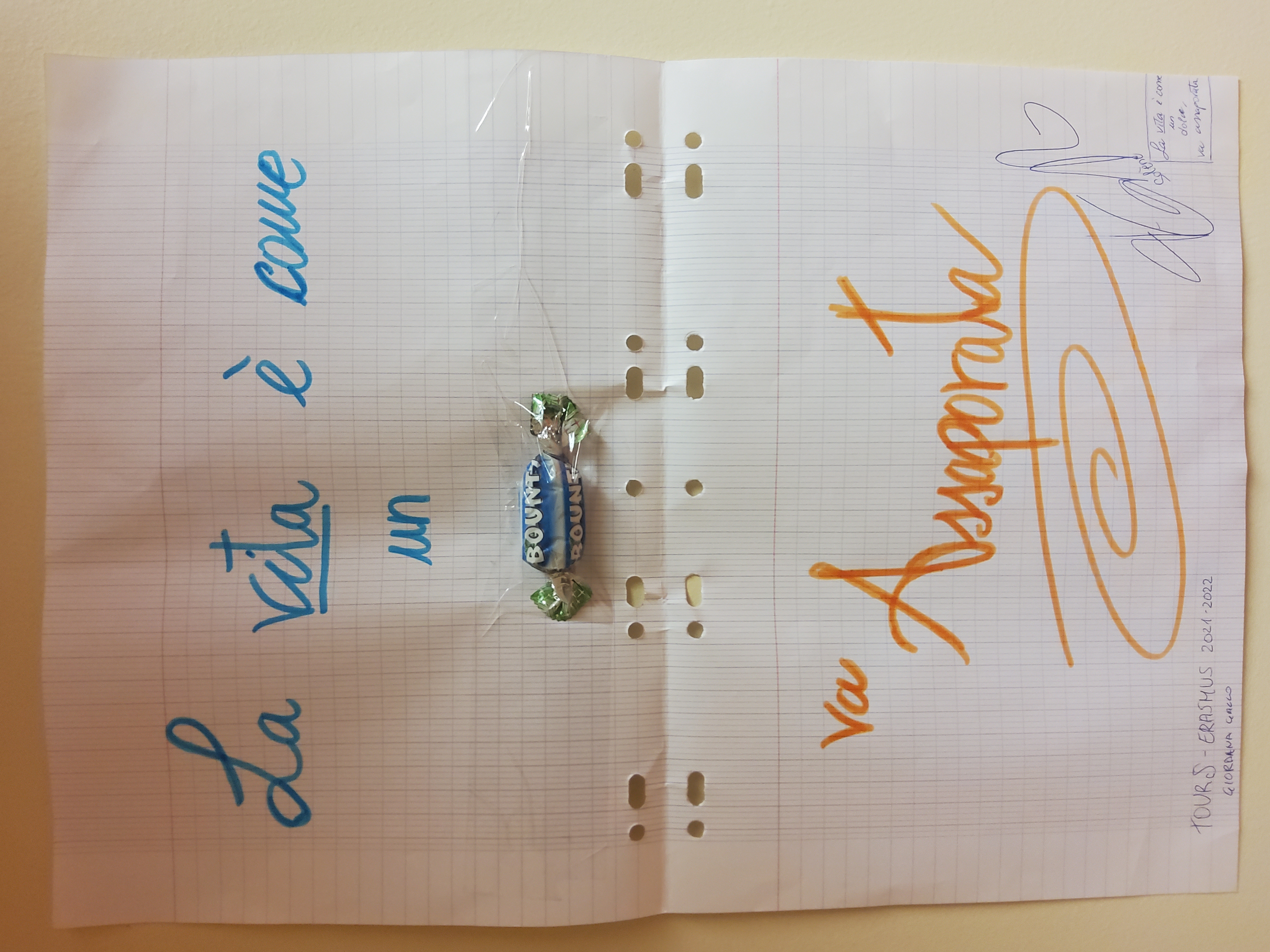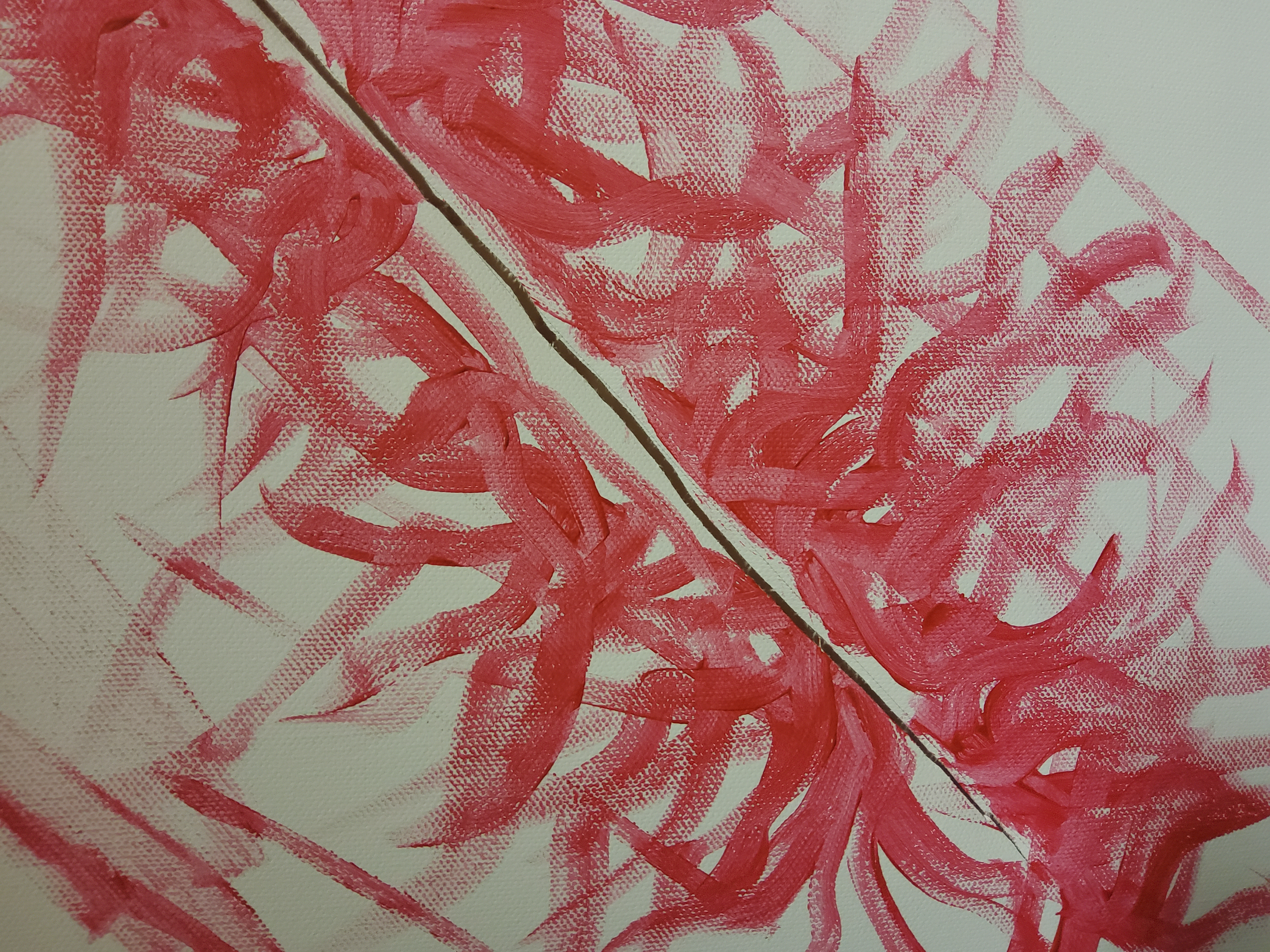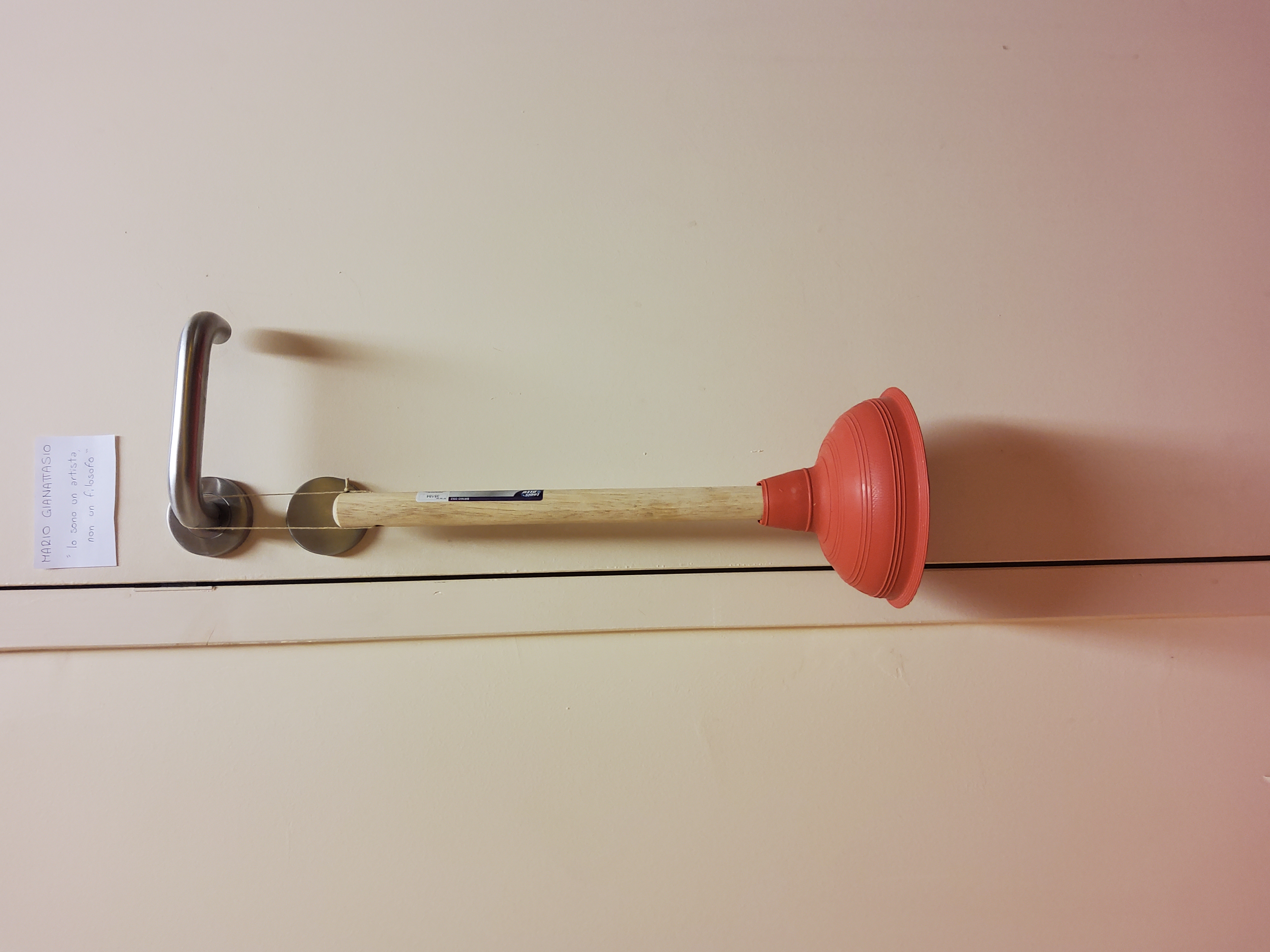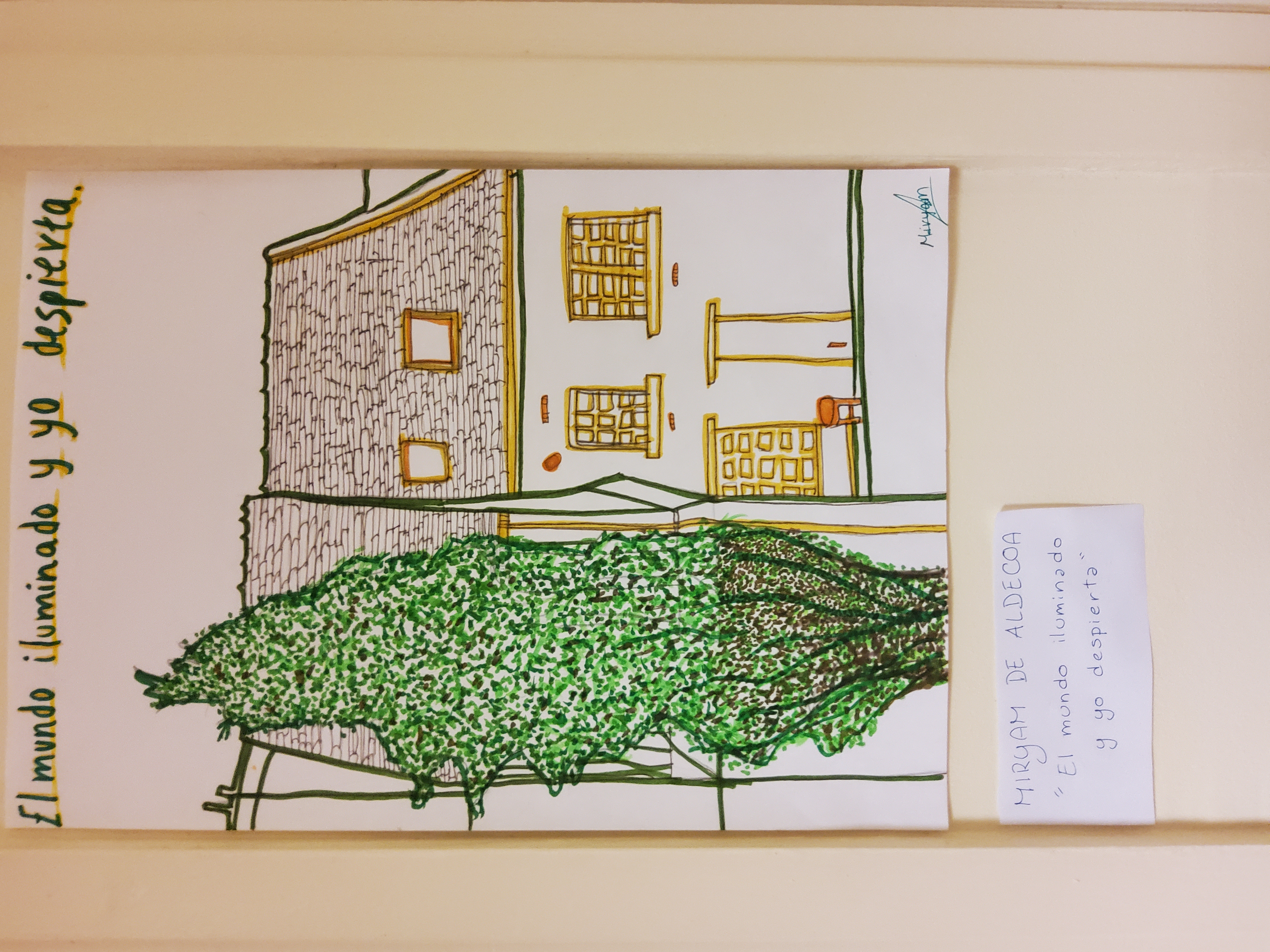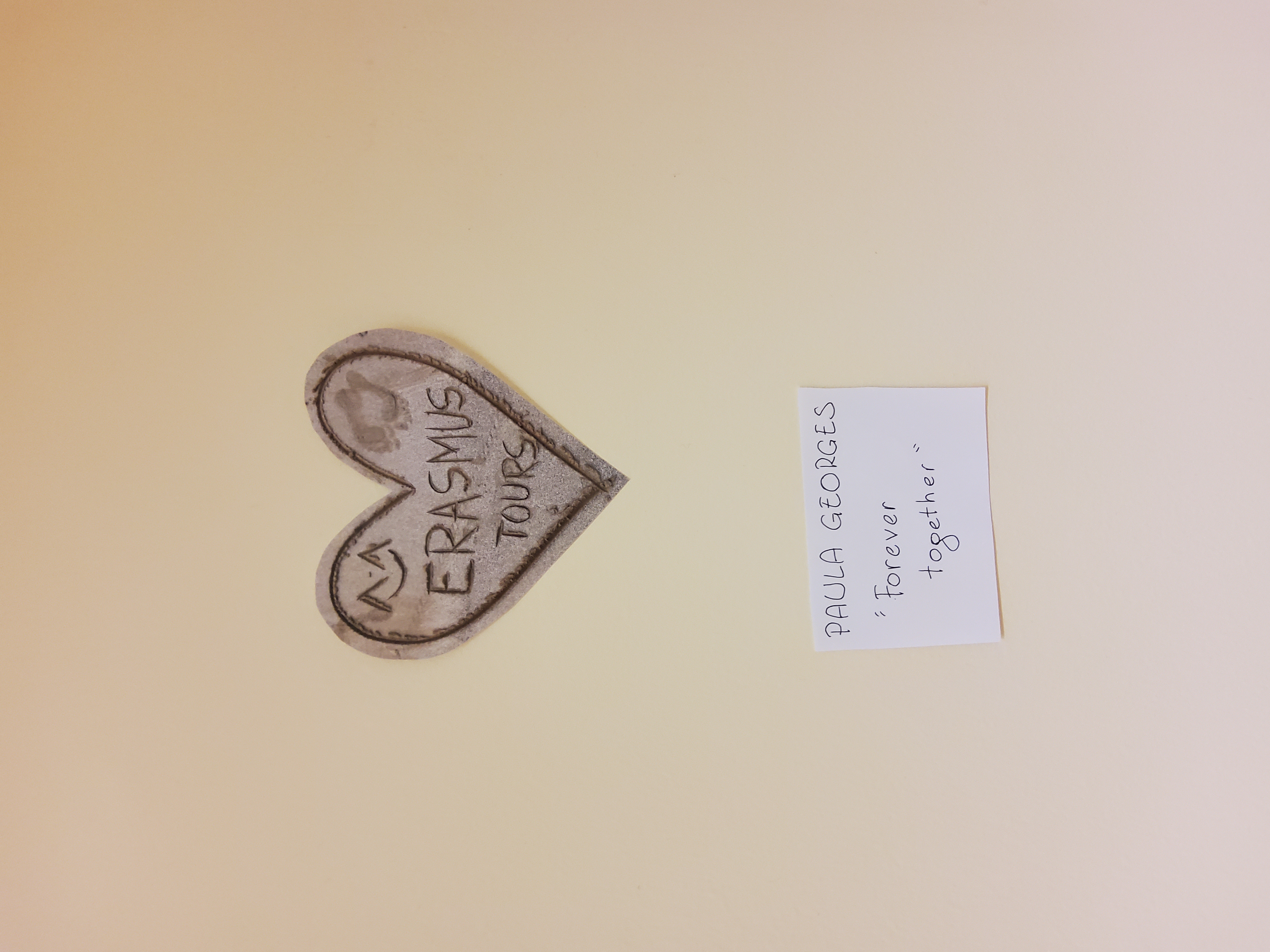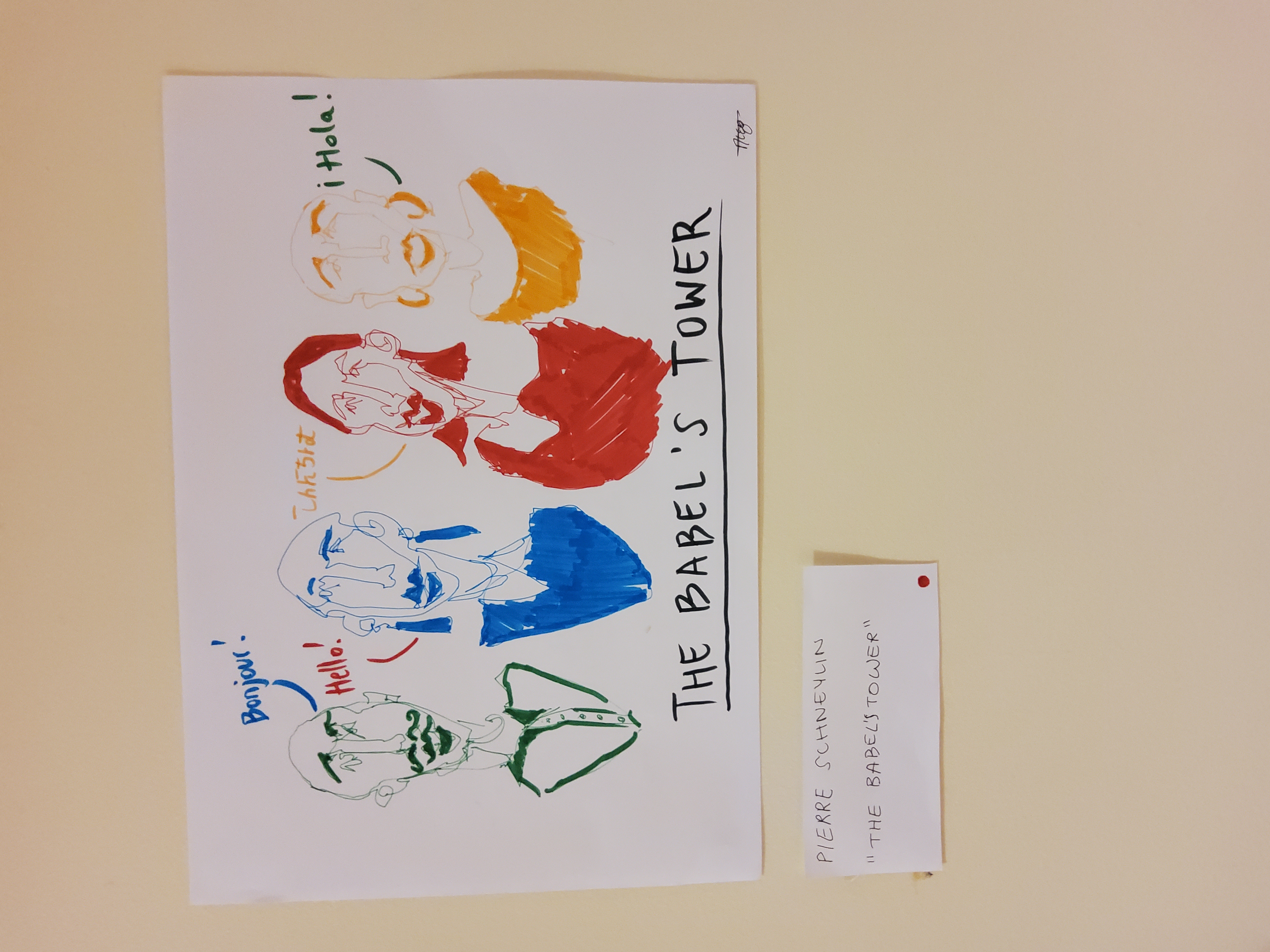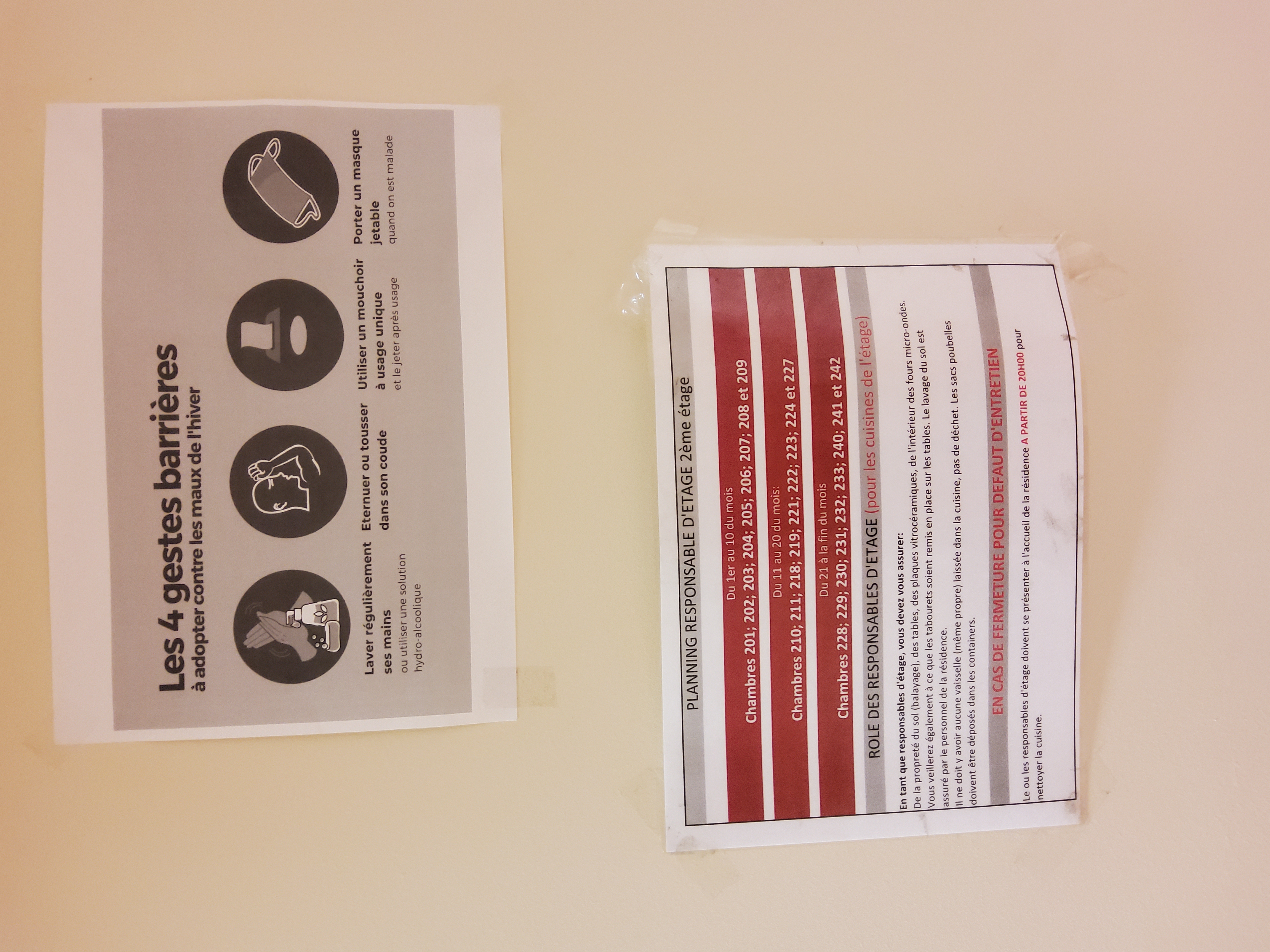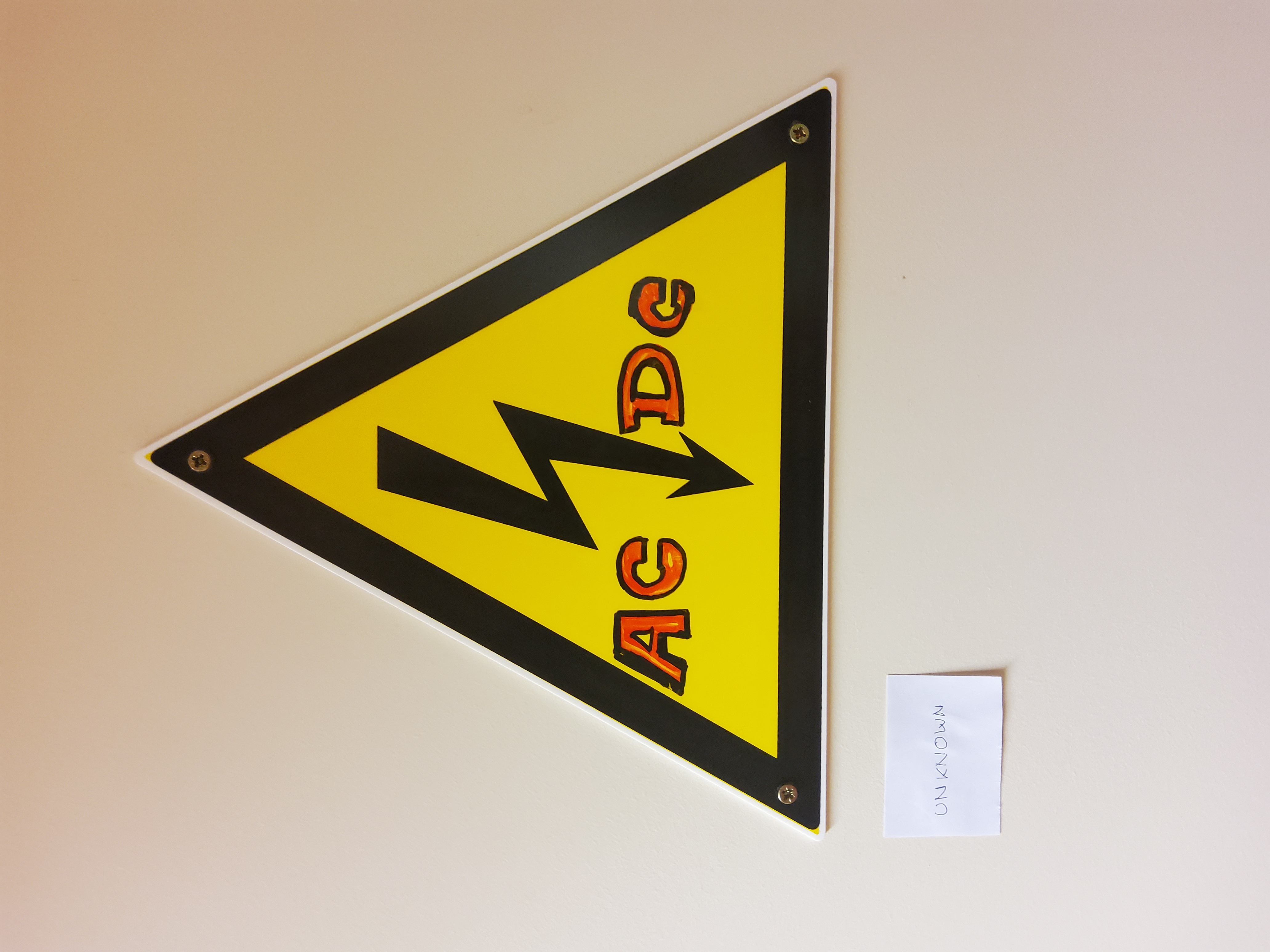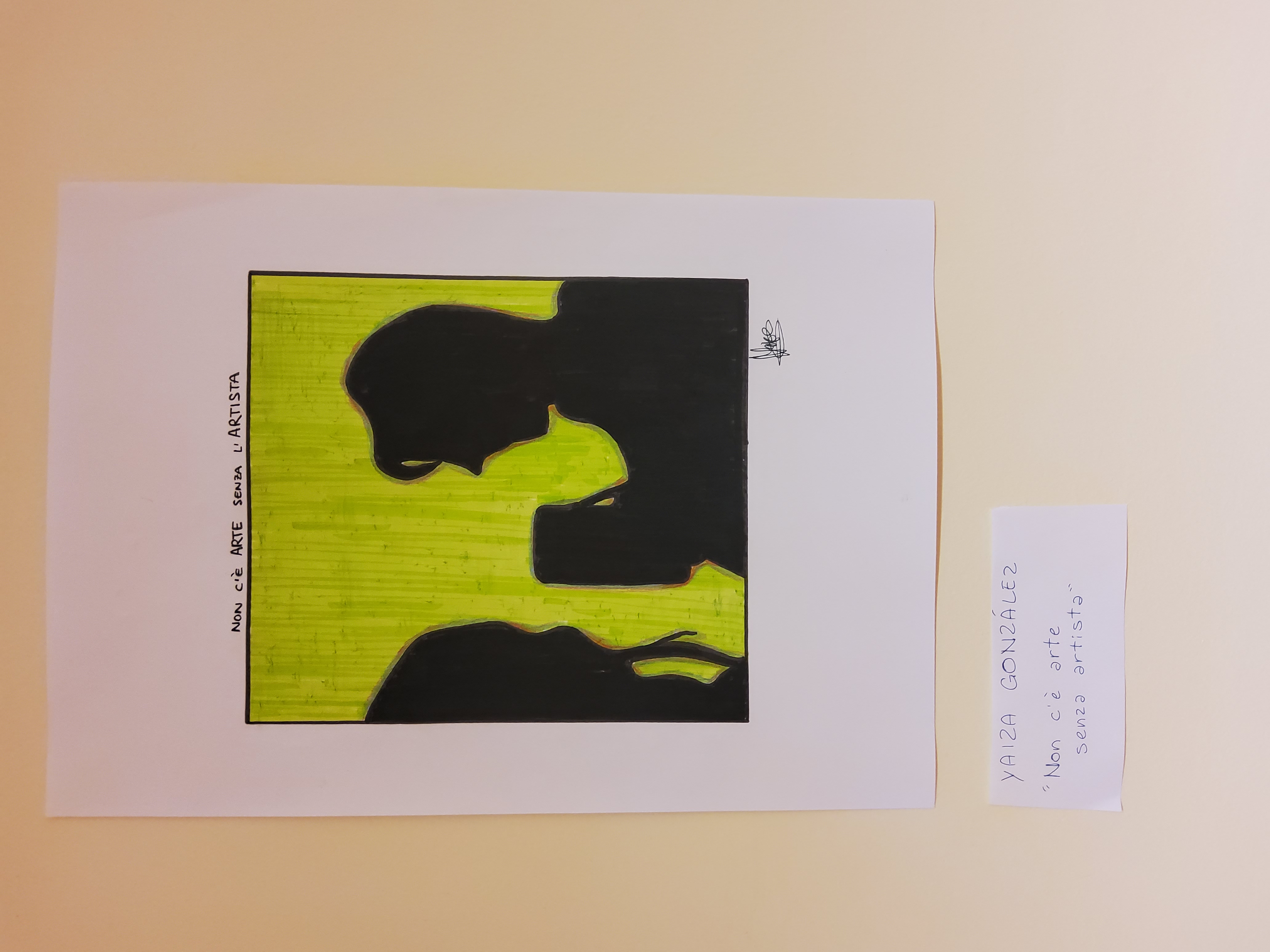A photograph to represent displacement, transition, moving. In the same image, the contrasting elements make up the experience of disorientation in a new place, full of ambition and energy but also of insecurity and compression.
In a bare environment, not yet subject to the appropriation of the individual, the only elements that emerge are essential and ambiguous symbols: a piece of bread, a vehicle of sharing and conviviality, lies broken in a corner of the photograph, and part of it burns in the pan behind it, now reduced to mere smoke; a branch of parsley, a plant chosen for its strong flavour as a reference to the dimension of vivacity and pleasure, is similarly pushed to the side, now close to withering; an open window, covered by a heavy black veil, lets in a small glimmer of light, while little smoke, few thoughts come out.
Against the same background, common not only to this photograph but to an entire series, which can be consulted online, a number of characters stand out individually: these are the young people we know, who have decided to undergo the experience of detachment, of living in a foreign and distant place.
Faced with such a step, reactions can be the most diverse, and we have wanted to represent them: from closure to victory over one's fears, the 'Inside-out' series aims precisely to show that the different attitudes of each individual in Erasmus are due to a fundamental experience of estrangement. An experience that, after all, unites and unites us.
Each individual, although surrounded by and reaching out to the community, partly lives this experience alone, and his or her way of dealing with it can also be at the same time conflicting, not unequivocal.
We hope with this to have rendered an image in which each of us can recognise ourselves, in the continuous oscillation between confinement within ourselves and openness to others, between Inside and Outside.
